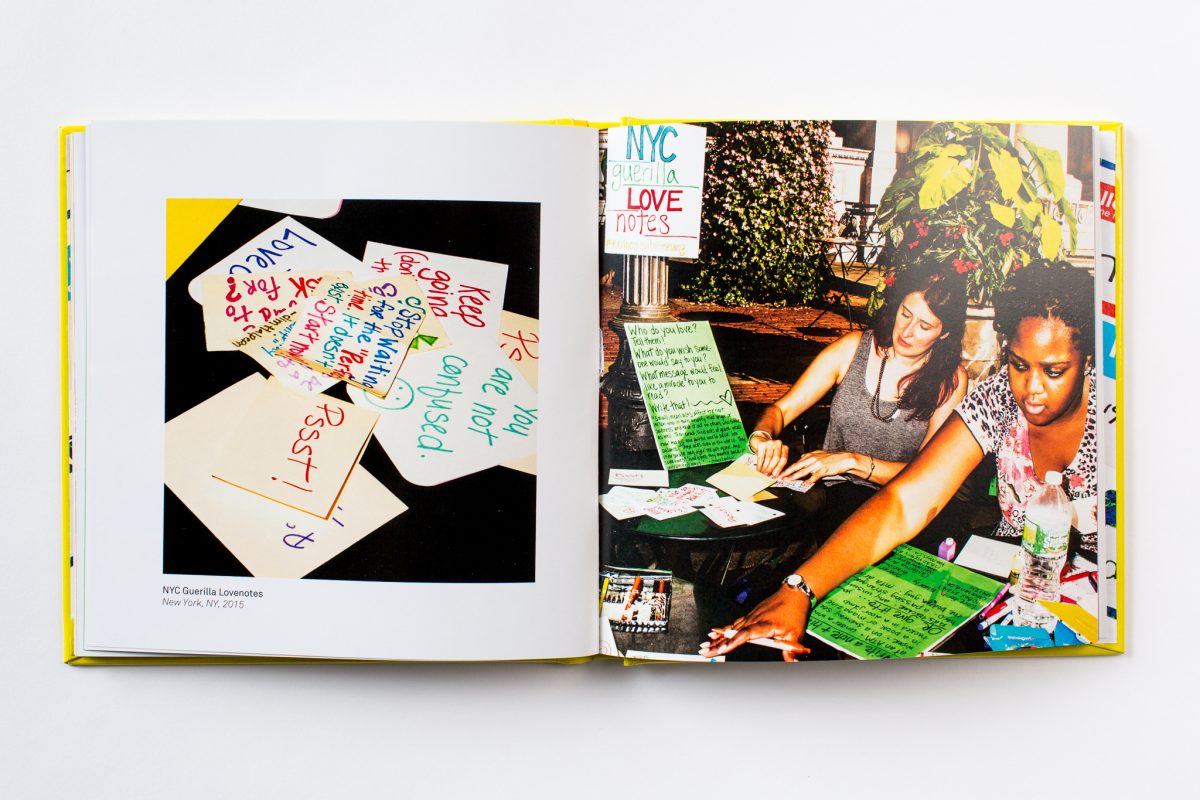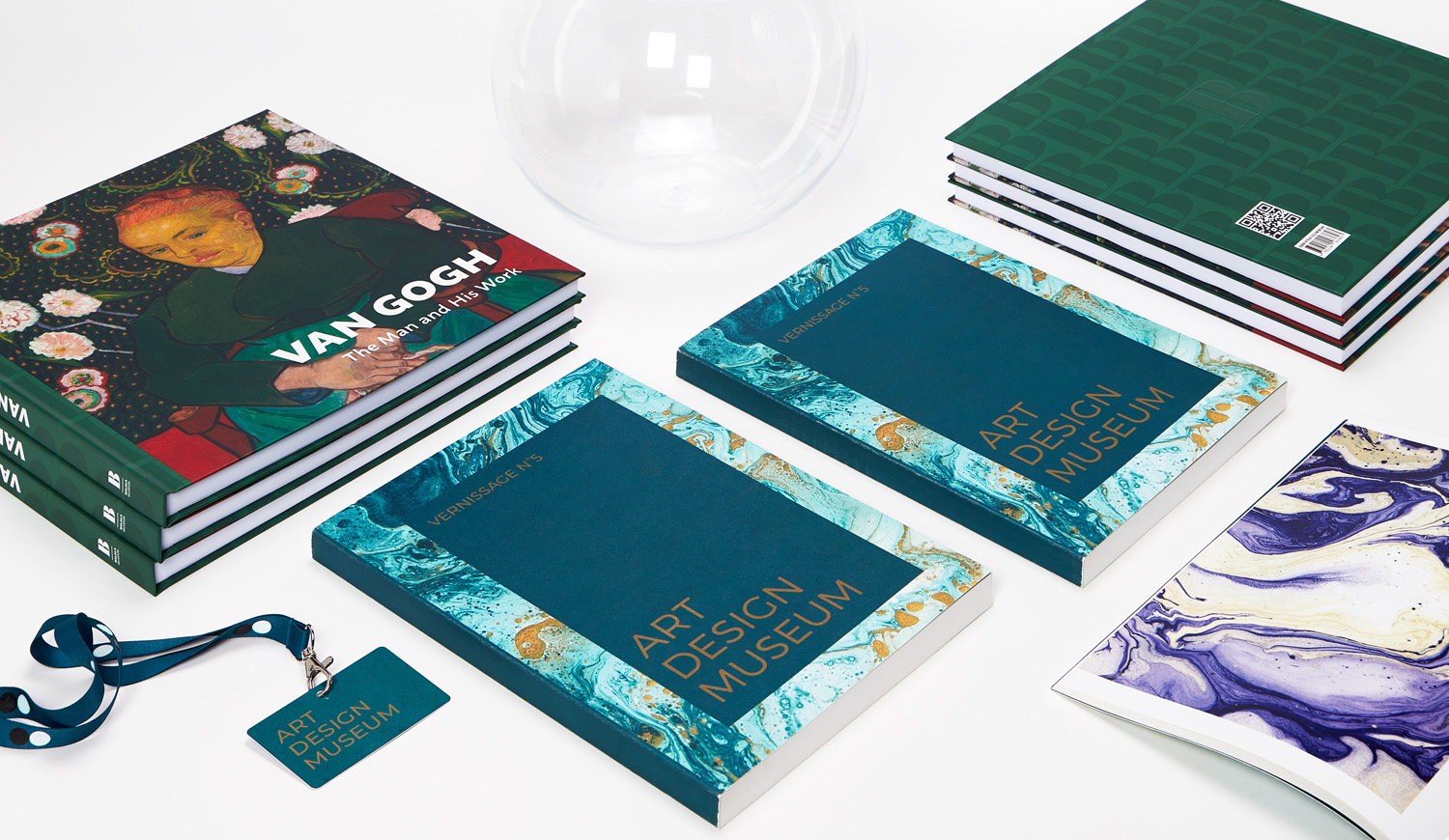Top Advice for Creating an art book That Stands Out
Top Advice for Creating an art book That Stands Out
Blog Article
Understanding the Process Behind Top Notch Art Book Printing for Art Lovers
When it concerns premium art book printing, recognizing the complexities of the process can boost your appreciation for the end product. You may not recognize just how important paper option and ink selections are to the vibrancy of art work. Each element plays a significant function in accomplishing the wanted result. As you check out the numerous elements of art book printing, you'll uncover insights that could change your point of view on art preservation and presentation.
The Value of Paper Selection in Art Book Printing
When it concerns art book printing, the choice of paper can make or break the end product. You want your art work to shine, and the best paper enhances color vibrancy and detail. Consider factors like weight, texture, and finish; these aspects substantially impact just how viewers perceive your job.
For example, a heavier supply shares top quality and toughness, while a distinctive surface can include deepness to pictures. Smooth paper is exceptional for thorough recreations, enabling fine lines and subtle tones to appear crisp.
Do not ignore the paper's illumination; a brighter sheet can aid colors pop, making your art a lot more eye-catching. You'll additionally want to think of how the paper engages with inks and whether it can deal with the printing procedure without warping or bleed-through. Ultimately, selecting the best paper establishes the phase for your art, guaranteeing it catches the target market's interest simply as you envisioned.
Selecting the Right Inks for Vivid Reproductions
Picking the appropriate inks is equally as vital as choosing quality paper to attain vibrant reproductions in your art book. When you're printing artwork, you want shades that pop and properly stand for the initial item. Choose inks with a high pigment concentration; these have a tendency to generate richer and extra saturated shades.
You may think about utilizing historical inks, which resist fading with time, guaranteeing your art book continues to be as striking as the day it was printed. If you're collaborating with photographs or electronically developed art, pigment-based inks can offer a wider shade range, improving detail and depth.
Don't ignore the coating! Matte and shiny inks can drastically alter the appearance of your artwork, so think of the appearance you're aiming to achieve - art book. Eventually, the right ink choice enhances your paper option, creating a stunning visual experience for your viewers
The Role of Shade Monitoring in Print Quality
Shade management plays an important role in attaining high print high quality for your art book. It ensures that the shades you see on your display translate precisely to the published page. Without efficient shade administration, your dynamic artworks may show up plain or distorted, weakening your innovative vision.
Next, use shade accounts tailored for your printer and paper kind. These accounts assist the printer in replicating colors precisely, reducing inconsistencies between electronic and published variations.
When you prepare your files, consider using a shade space like Adobe RGB or CMYK, depending on your printer's requirements. Constantly evidence your work, as well; a test print can disclose any possible color problems prior to the last run. By prioritizing color management, you secure the integrity of your art, assuring your audience experiences it as you meant.

Recognizing Different Binding Methods
Attaining the excellent try to find your art book surpasses shade monitoring; binding strategies also play a considerable function in its overall discussion and toughness. You have numerous options to assess, each with its very own unique attributes.
If you're intending for a specialist feeling, instance binding provides a strong alternative with a difficult cover, perfect for showcasing your artwork. On the other best site hand, perfect binding offers a flexible back while maintaining expenses down, making it a prominent option for softcover publications.
Spiral binding enables your art book to lay flat, which is wonderful for presenting images without blockage. On the other hand, saddle sewing is ideal for smaller sized brochures, giving a clean surface without the mass.
Ultimately, the binding strategy you pick should mirror your creative vision and how you want viewers to engage with your work. Make sure to evaluate these alternatives very carefully to achieve the finest outcome for your task.
The Effect of Print Size and Design on Presentation
While the option of print size and layout may seem secondary to web content, they significantly influence exactly this page how your artwork is regarded. The dimensions of your prints can either enhance or diminish the impact of your pieces. Bigger prints can attract visitors in, permitting them to appreciate detailed details, while smaller sized layouts could call for more intimate engagement.

Preservation Methods for Lasting Art Books
To guarantee your art publications stand the test of time, it's important to carry out reliable conservation techniques. Beginning by storing them in a great, completely dry setting, far from straight sunshine and humidity. This stops fading and bending, maintaining your web pages intact. Usage acid-free storage space boxes or protective sleeves to shield them from dirt and physical damages.
When managing your books, always wash your hands or put on cotton handwear covers to stay clear of oils and dust transferring onto the web pages. Stay clear of bending or wrinkling the backs; instead, utilize book sustains when displaying them.
For added protection, consider buying archival-quality materials for any fixings or improvements. Regularly inspect your collection for indicators of wear or damages, resolving issues immediately. By complying with these simple approaches, you can ensure your art publications remain dynamic and obtainable for many years ahead, maintaining their charm and worth for click this site future generations.
Working together With Printers for Optimum Results
When you're ready to print your art book, picking the ideal printer is important to accomplishing your vision. Clear interaction concerning your assumptions and demands will help assure that both you and the printer are on the exact same page. Allow's check out just how to make this partnership as seamless and reliable as possible.
Selecting the Right Printer

Efficient Communication Approaches
Reliable interaction is important for turning your art book vision into reality, especially when teaming up with printers. art book. Begin by clearly detailing your job's objectives, including style aspects, favored materials, and any type of specific printing methods. Do not think twice to share your inspirations and references; this assists the printer understand your visual
Establish routine check-ins to go over development and attend to any concerns. Use visuals, like mock-ups or samples, to convey your concepts better. Be open to comments, as printers usually have useful insights that can enhance your project. Lastly, maintain a favorable partnership by being considerate and pleased of their experience. This collaboration will guarantee that your art book fulfills your assumptions and beams in its final type.
Regularly Asked Questions
What Prevail Errors to Stay Clear Of in Art Book Printing?
When publishing your art book, avoid typical mistakes like bad resolution pictures, wrong shade accounts, and disregarding page design. Don't forget to proofread and ascertain details to validate your final product fulfills your assumptions.
Exactly How Does Digital Printing Differ From Typical Printing Approaches?
Digital printing makes use of electronic data to develop prints straight, permitting quicker turnaround and modification. On the other hand, standard approaches entail physical plates, which can be lengthy and much less adaptable for little runs or unique layouts.
What Is the Regular Turn-around Time for Art Book Printing?
The regular turn-around time for art book printing differs, yet you can expect it to take anywhere from a couple of weeks to numerous months. Aspects like intricacy, quantity, and printing technique all affect this timeline.
Can I Publish a Limited Edition Art Book Economically?
You can print a minimal version art book financially by choosing cost-effective materials, optimizing print runs, and utilizing electronic printing alternatives. Careful preparation and budgeting will assist you attain quality without spending too much.
What Are the Ecological Factors To Consider in Art Book Printing?
When considering art book printing, you should assume regarding environment-friendly products, sustainable inks, and energy-efficient processes (art book). Choosing regional printers can likewise lower your carbon footprint, making your job both gorgeous and environmentally accountable
Report this page